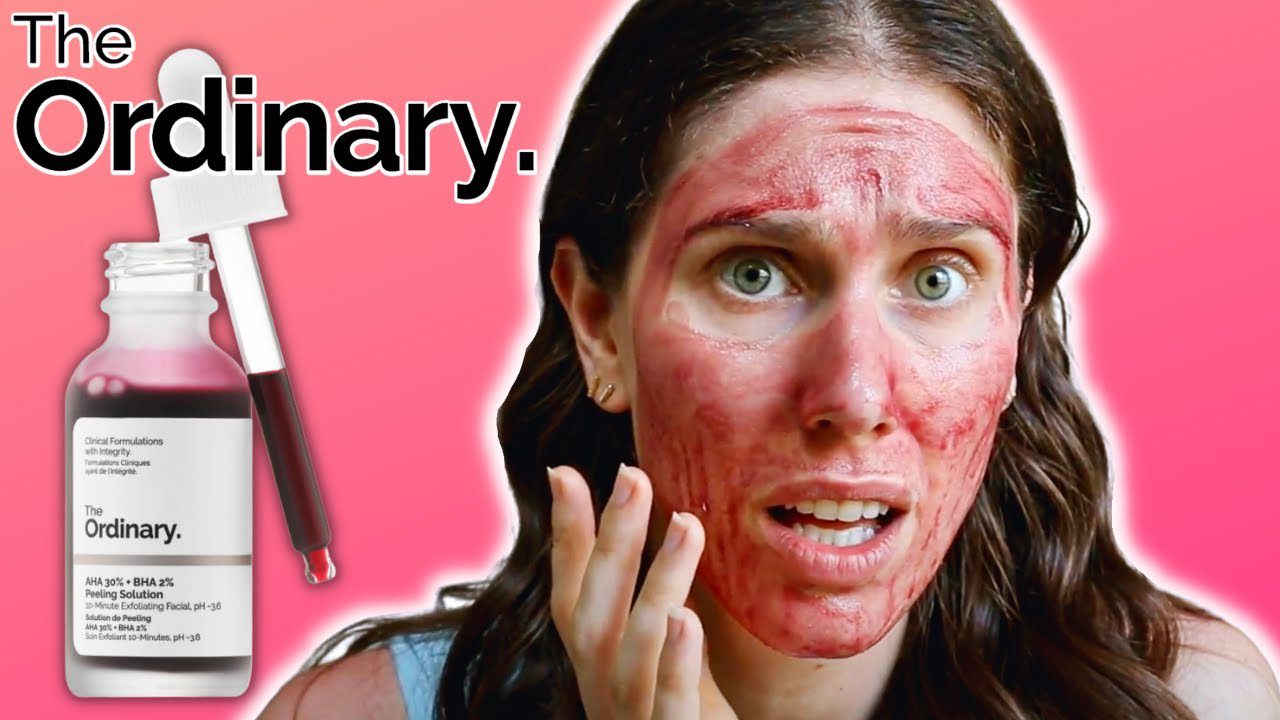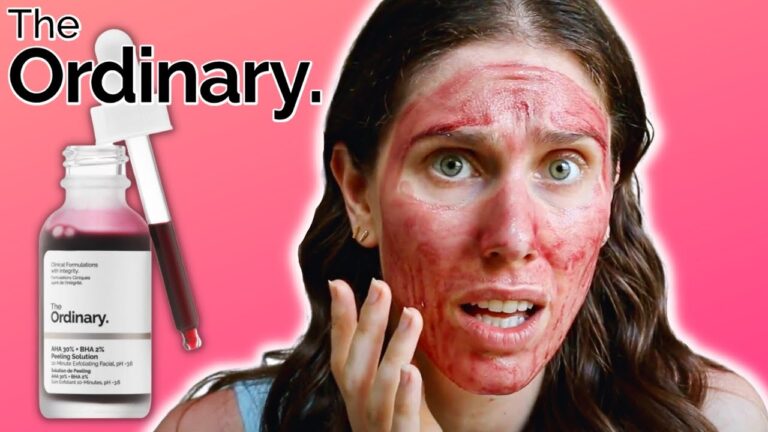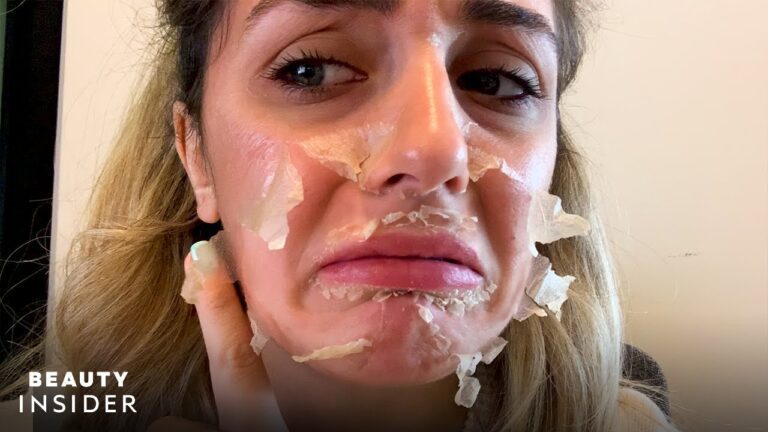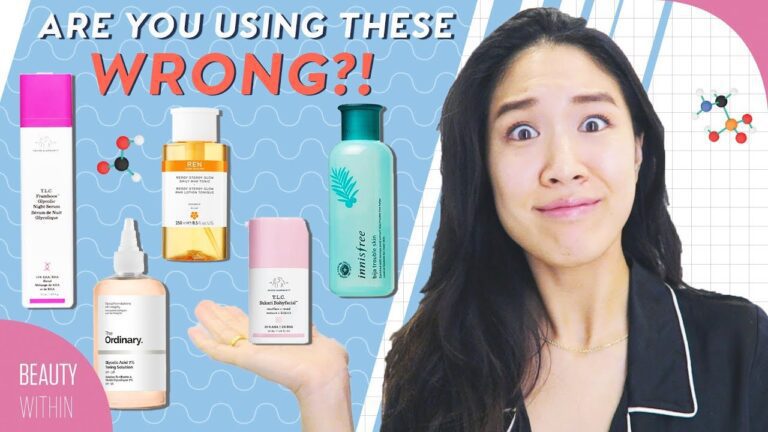The Ultimate Guide to Understanding and Incorporating AHA & BHA in Your Skincare Routine
Disclaimer: The content provided in this article is for informational purposes only and should not be taken as medical advice. It is recommended to consult with a dermatologist or other qualified healthcare professional if you have any questions or concerns about using aha&bha products.
If you’re someone who’s passionate about skincare, you’re likely familiar with the terms aha&bha. But if you’re new to the world of skincare, you might be wondering what exactly these letters stand for and why they matter. In short, aha stands for “alpha-hydroxy acids,” and bha stands for “beta-hydroxy acids.” Both are types of exfoliants that are used in skincare products to improve the texture and appearance of the skin.
AHA:
Alpha-hydroxy acids are water-soluble acids that are derived from fruit and milk. Some commonly used AHAs in skincare include glycolic acid, lactic acid, and mandelic acid. AHAs work by breaking down the bonds between dead skin cells on the surface of the skin, which helps to exfoliate and improve the texture of the skin. They can also help to fade dark spots and hyperpigmentation over time.
If you’re looking to incorporate AHAs into your skincare routine, it’s important to start slowly and build up over time. This is because AHAs can be quite strong and may cause irritation or sensitivity if used too frequently or in high concentrations. Look for products that contain a lower percentage of AHAs (around 5-10%) and use them once or twice a week initially. As your skin becomes more accustomed to AHAs, you can increase the frequency or concentration as needed. And always be sure to apply sunscreen during the day when using AHAs, as they can make your skin more sensitive to the sun’s harmful rays.
BHA:
Beta-hydroxy acids are oil-soluble acids that are derived from salicylic acid. BHA is particularly effective at penetrating deep into the pores to unclog them, which makes it a great option for acne-prone or oily skin. In addition to exfoliating the skin, BHA also has anti-inflammatory properties that can help to reduce redness and swelling associated with acne.
When using BHA products, it’s important to note that they can be drying to the skin. Look for products that are formulated with lower concentrations of BHA (around 1-2%) and use them once or twice a week initially. If you experience any dryness or irritation, reduce the frequency or use a hydrating product to help counteract the effects. And as always, be sure to wear sunscreen during the day when using BHA products.
Combining AHAs and BHAs:
While AHAs and BHAs are often touted as separate entities, they can be used together to great effect. In fact, many skincare products contain a combination of both AHAs and BHAs to offer comprehensive exfoliation and pore-clearing benefits. Look for products that are formulated with a balanced ratio of AHAs and BHAs, and be sure to patch-test before incorporating new products into your routine.
Some popular products that contain both AHAs and BHAs include the COSRX AHA/BHA Clarifying Treatment Toner, the Paula’s Choice Skin Perfecting 2% BHA Liquid Exfoliant, and the Drunk Elephant T.L.C. Framboos Glycolic Resurfacing Night Serum. Each product offers a slightly different combination of AHAs and BHAs, so it’s important to consider your skin type and concerns when selecting a product.
Conclusion:
In summary, AHAs and BHAs are important types of exfoliants that can help to improve the texture and appearance of the skin. Both types of acids work in slightly different ways, but can be used together to achieve comprehensive results. If you’re new to incorporating AHA/BHA products into your routine, start slowly and build up over time. And always be sure to wear sunscreen during the day to protect your skin from damage.
Most searched products:
Does Sephora Support Israel? Answering Your Questions
The Explosive Reaction: Sodium Hydroxide and Hydrochloric Acid
Benefits of Using Glycolic Acid for Dandruff Treatment
Capsaicin Cream Boots
The Ultimate Guide to The Ordinary Alpha Arbutin 2% + HA for Flawless Skin
Niod Fecc: Unveiling the Science Behind this Revolutionary Skincare Ingredient
Top Body Shop Hair Care Products for Healthier and Glossier Hair
Unlock the Secrets to Glowing Skin with These Natural Skin Moisturizers
Discovering the Origins of Original Skin: Unveiling the Secrets of Radiant Beauty
Top 10 Highly Effective Skincare Products for Psoriasis Relief









